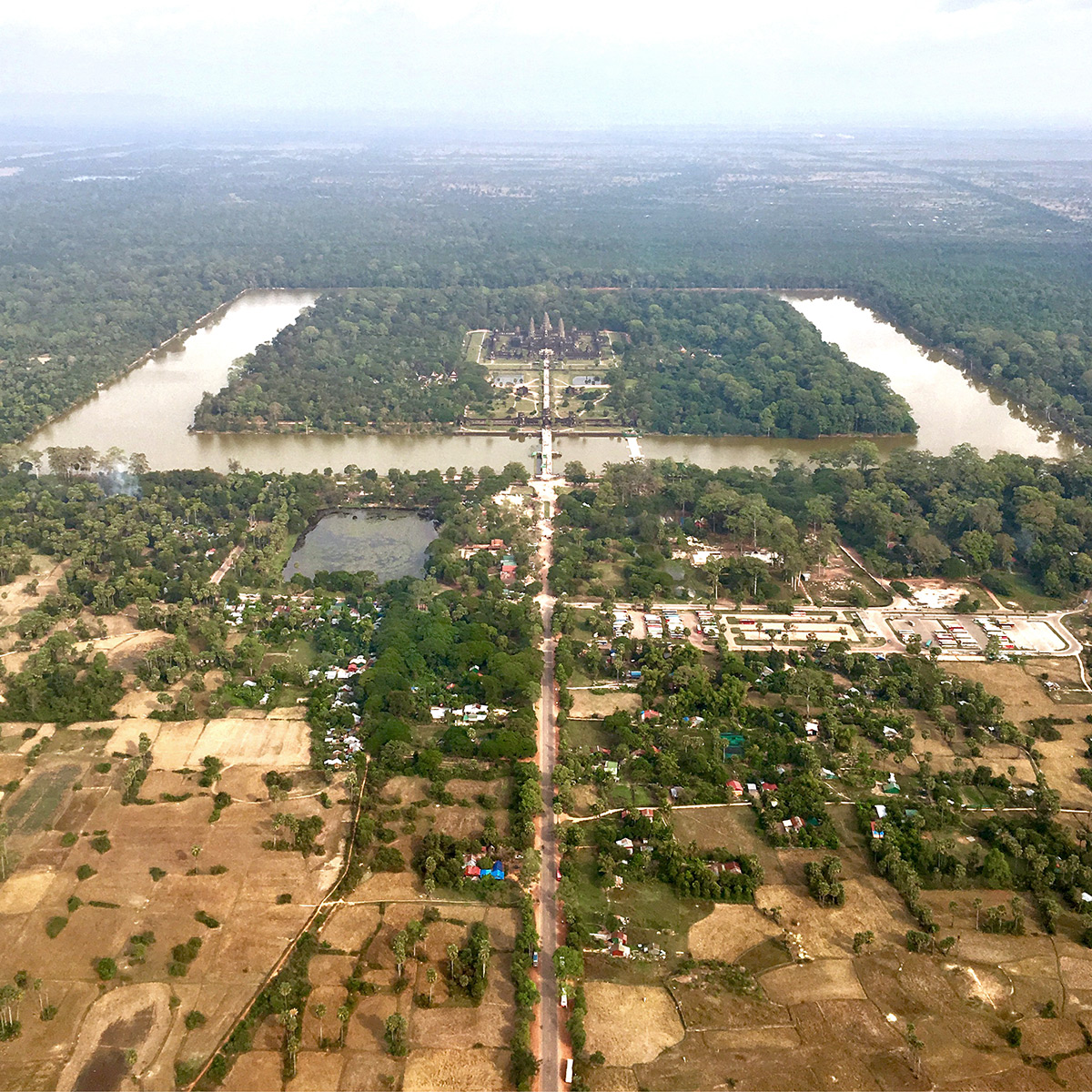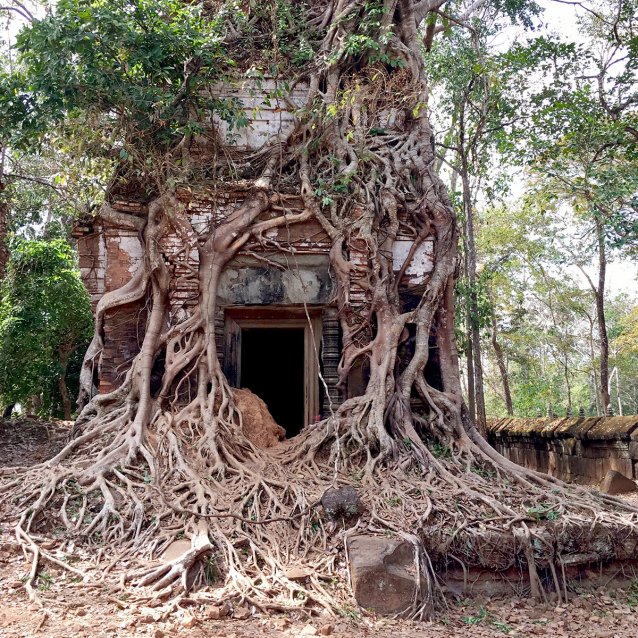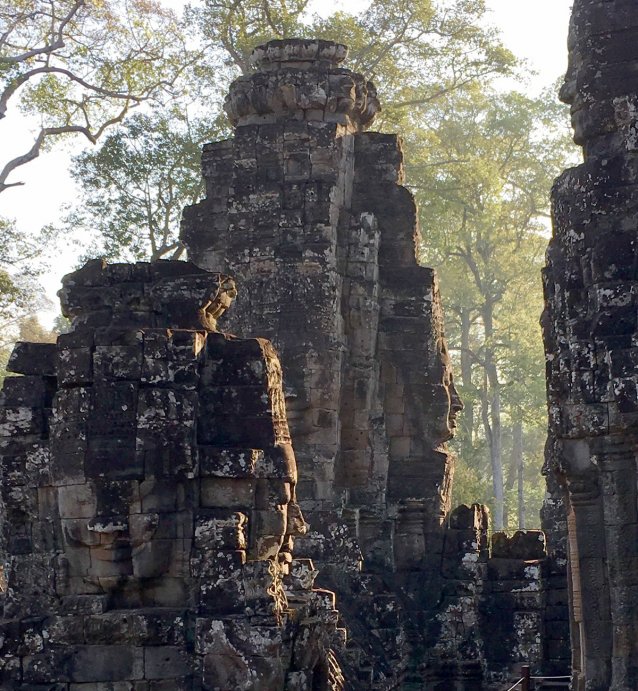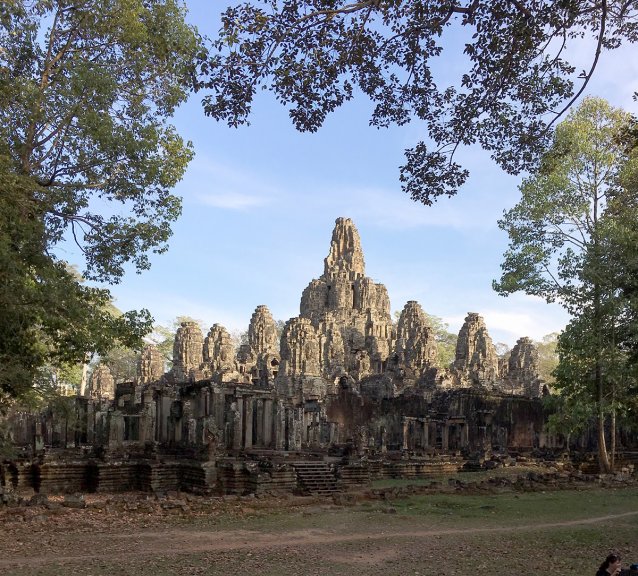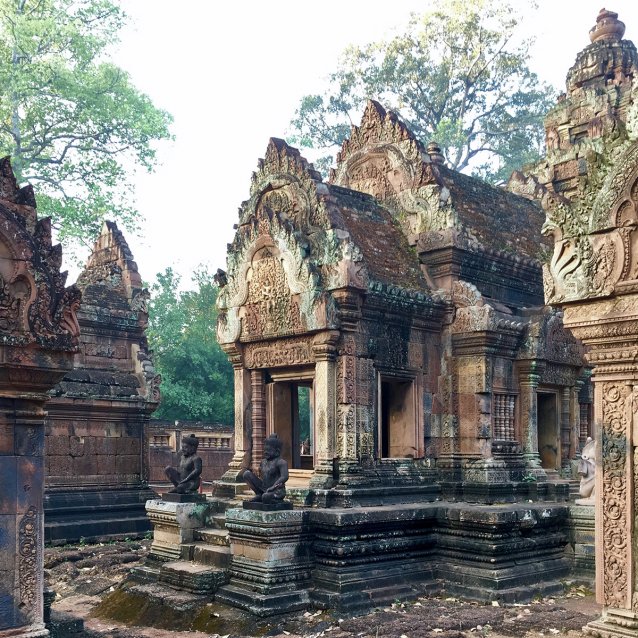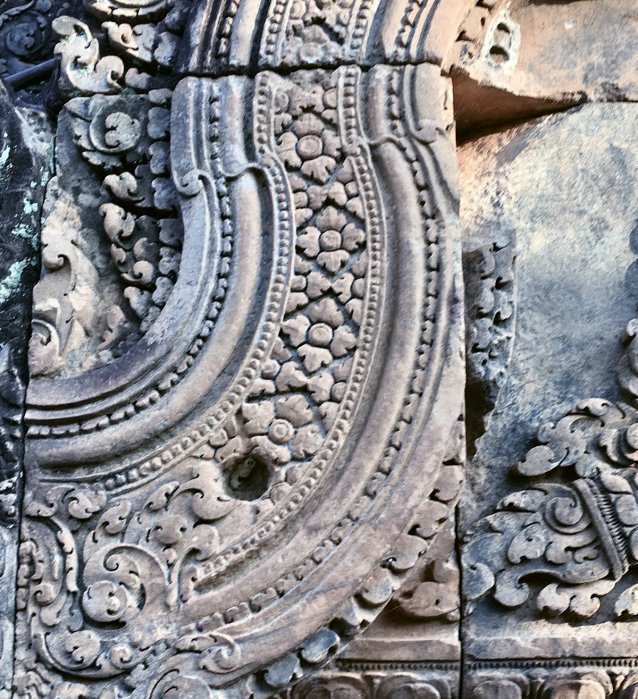Nothing quite prepares the first-time visitor to Cambodia for the scale and grandeur of the monuments of the ancient Khmer civilisation of Angkor—certainly the largest pre-industrial city on earth. The enclosure of Angkor Wat, for example, is five times larger than the Vatican City. Its moat measures more than a kilometre square. Yet the smaller temples, tucked away in the jungle at the end of little dirt roads, tend to be the most beautiful.
- About us
- Support the Gallery
- Venue hire
- Publications
- Research library
- Organisation chart
- Employment
- Contact us
- Make a booking
- Onsite programs
- Online programs
- School visit information
- Learning resources
- Little Darlings
- Professional learning
